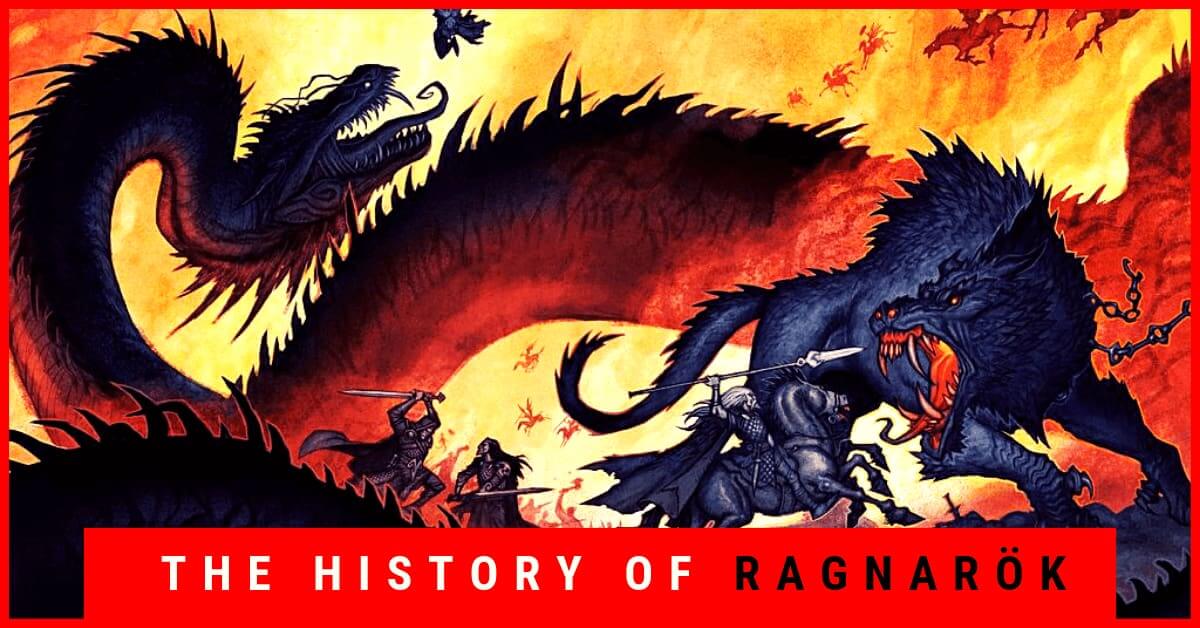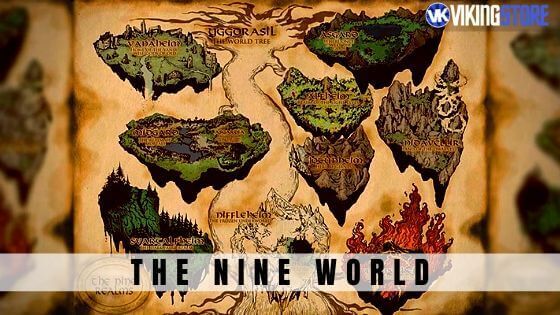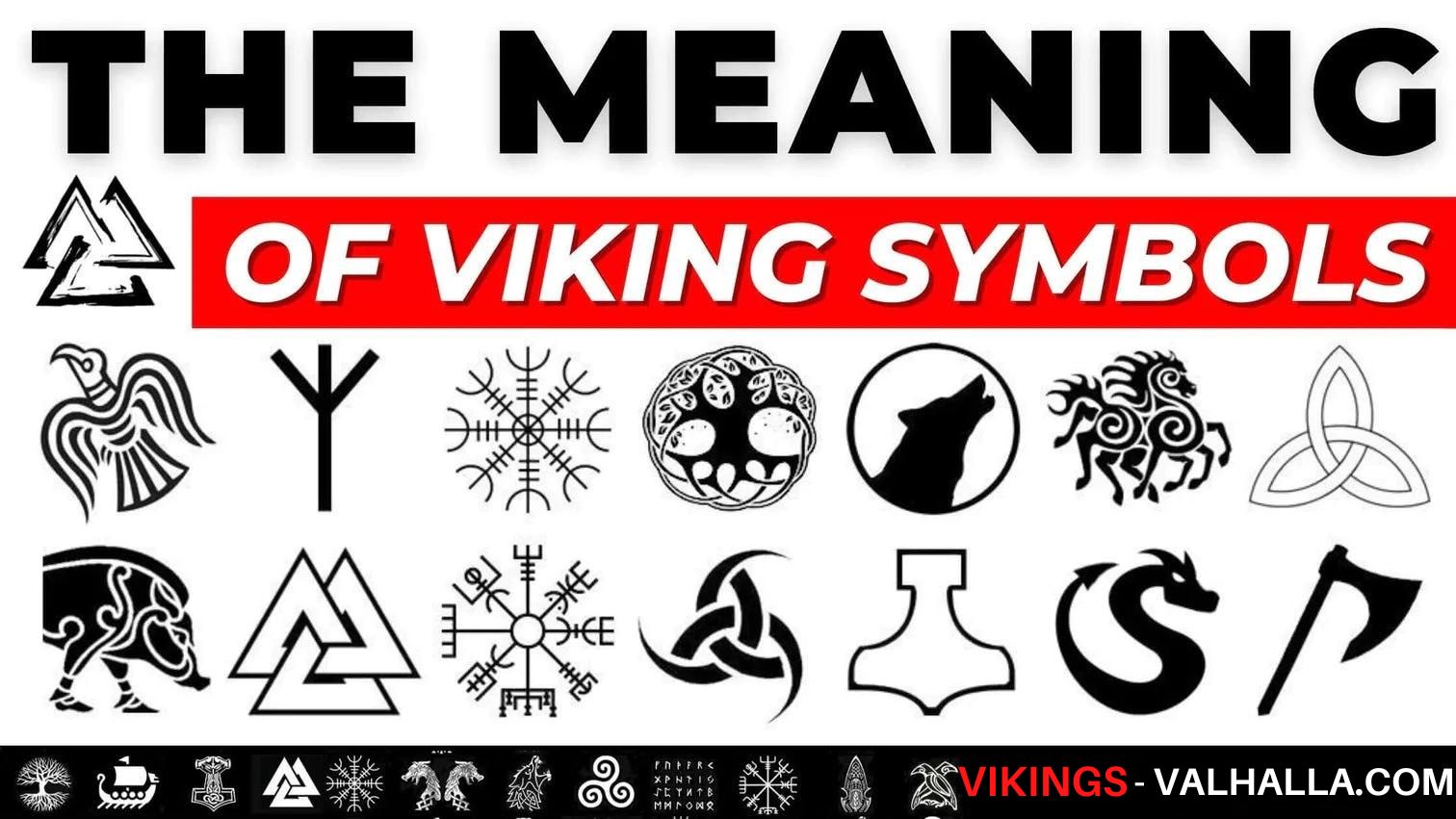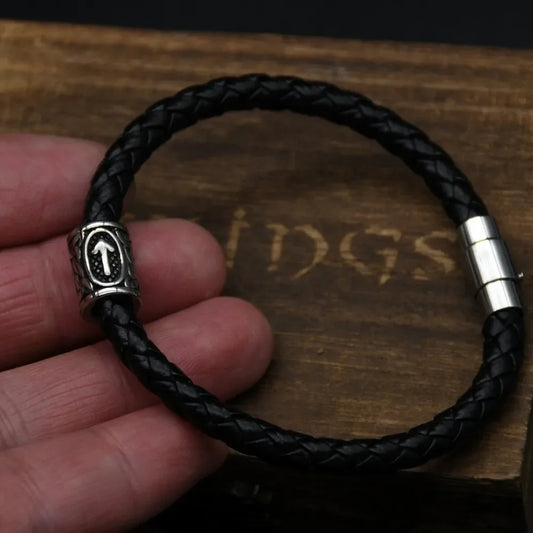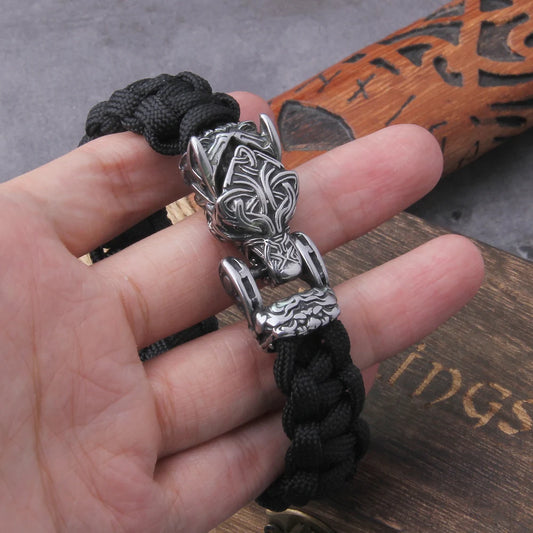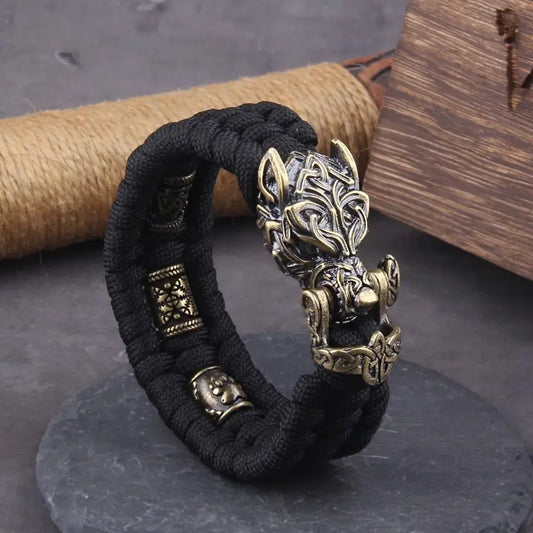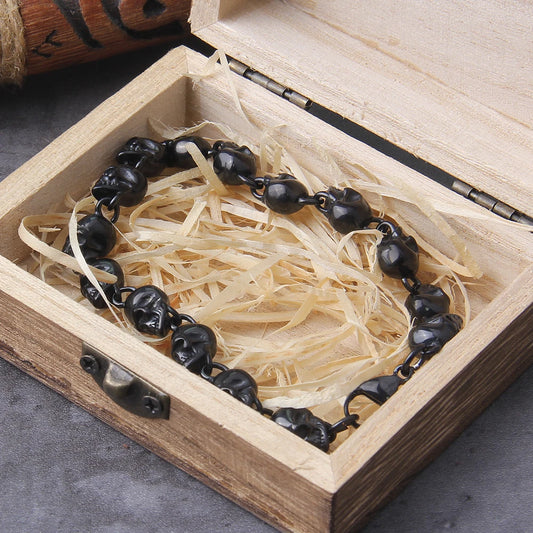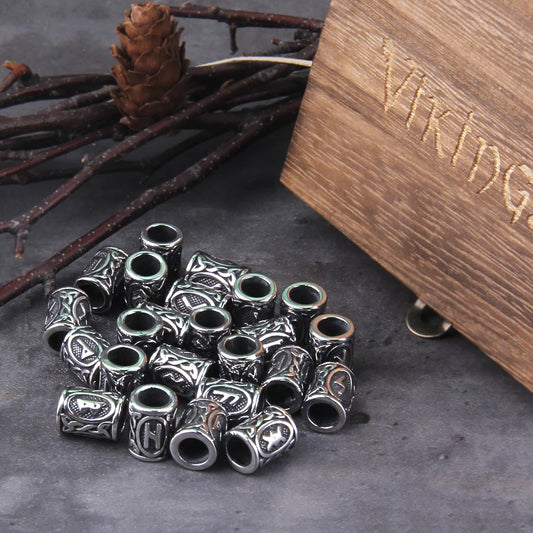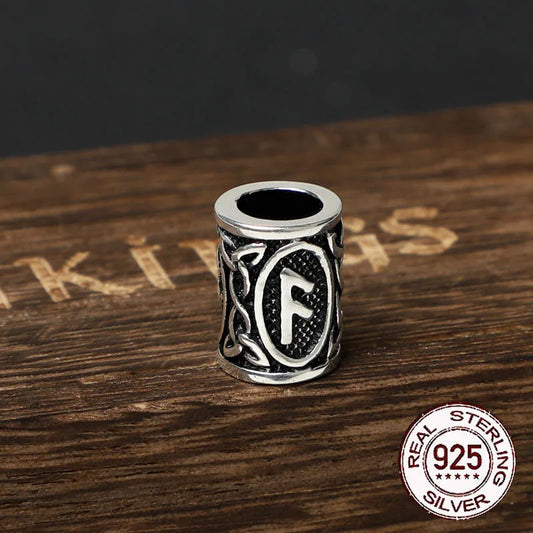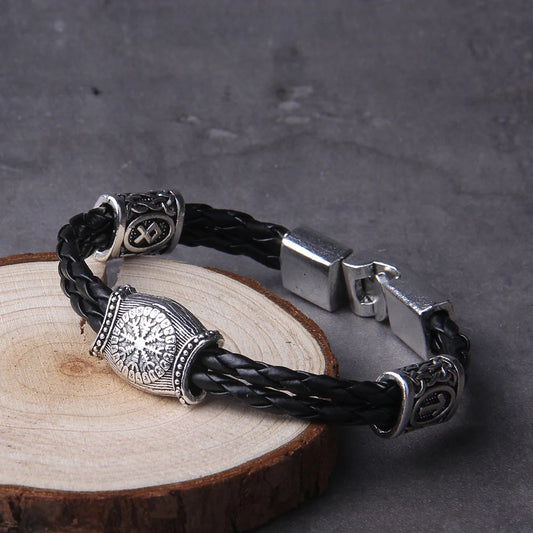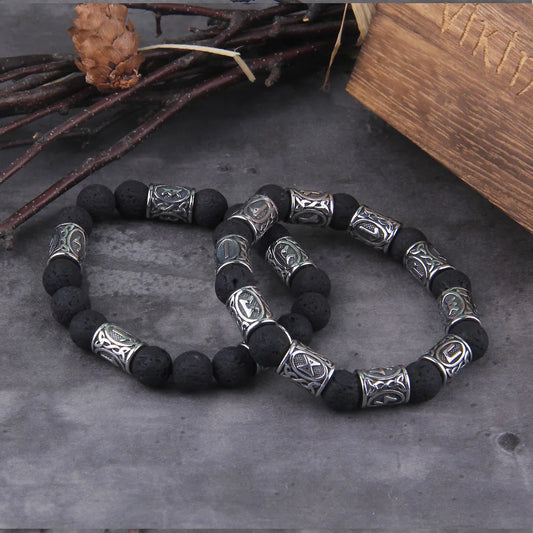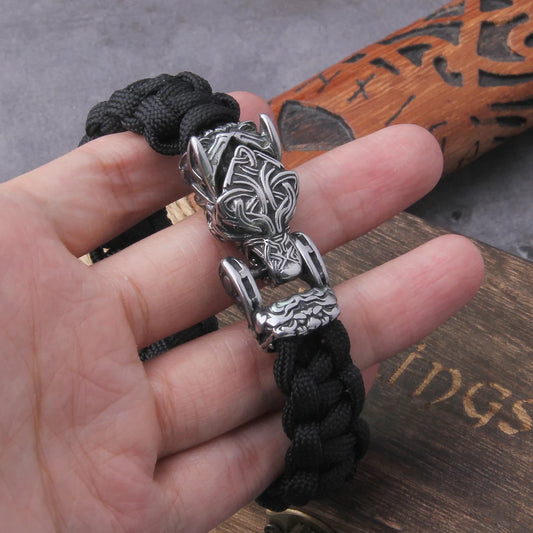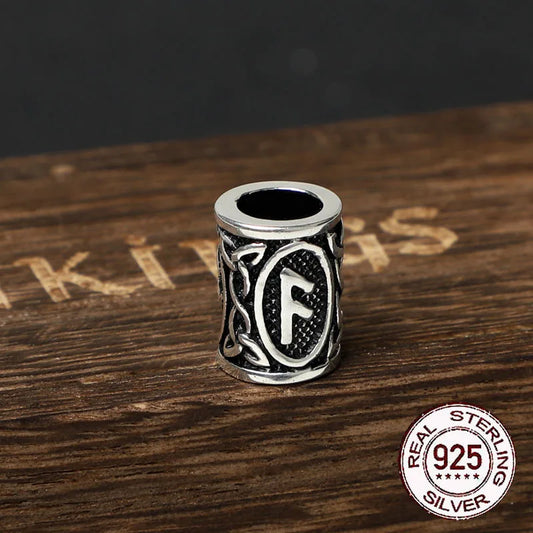A Valkyrie, also battle maiden or shield maiden, is in Norse mythology a female angelic being from the entourage of Odin, the father of the gods. The valkyries are related to the Norns, Fylgia, and the Disen through the means of fate. They choose the Einherjar ("honorably fallen") who died on the battlefield to lead them to Valhalla.
Etymology of Valkyrie
The name Valkyrie is a modern derivation from Old Norse. The Old Norse word is valkyrja, plural valkyrjar.
It derives from the Old Norse words valr ("the corpses lying on the battlefield") and kjósa ("to choose"). The Old Norse kjósa is related to the German kiesen; valkyrja is then translated as gravedigger. The Old English term is wælcyrge.
Their appearance was regarded for centuries in northern and central Europe as heralding death. As "spirit beings" they signified to the warrior of earlier times their quality as "angels of death" who guided humankind into the world of their ancestors.
Most notable Valkyries
In the Helgakviða Hjörvarðssonar the number of Valkyries is given as nine, in the Darraðarljóð as twelve. In fact, the number may have been unlimited in popular belief.
In the song Grímnismál (stanza 36) thirteen names are given of valkyries who serve ale in Valhalla: Hrist, Mist, Skeggjöld, Skögull, Hildr, Þrúðr, Hlökk, Herfjötur, Göll, Geirölul (Geirrömul, Geirahöd), Randgríðr, Radgríðr and Reginleifr.
The Darraðarljóð also names: Göndul, Guðr (Gunnr), Hjörþrimul, Sanngríðr and Svipul.
The Þulur (Thulur) additionally name: Herja, Geiravör, Skuld, Geirönul, Randgníð, Geirskögul, Hrund, Geirdriful, Randgríðr, Sveið, Þögn, Hjalmþrimul, Þrima, Skalmöld. In heroic songs the names Sigrún, Kára, Sváfa and Brynhildr still occur.
Most of the Valkyrie names are speaking names, indicating the warlike function of the bearer. Hardly any of them are likely to be particularly old: most come from the creativity of the poets rather than from folk belief.
Origin of the Valkyries
The Valkyries were originally probably demons of the dead, to whom fell the warriors who had fallen on the battlefield.
Gradually, the idea of Valhalla changed: in the beginning, Valhalla was the battlefield littered with corpses, from which the demons of the dead (Valkyries) lead the fallen to a god of the dead. Later, Valhalla was imagined as Odin's hall.
Simultaneously, the Valkyries also changed from dead demons to earthly warriors with human features, who can also fall in love with warriors, such as the Valkyrie Sigrdrífa in the Sigrdrífumál or Sváfa in the Helgakviða Hjörvarðssonar.
Valkyries and the Vikings
The Vikings saw in auroras (Northern Lights), a sign of the presence of Valkyries on Earth and that a great battle had been fought somewhere on Midgard.
In the belief of the people, it was the Valkyries who rode through the firmament after a successful battle and chose the most heroic fighters to be allowed to dine at Odin's table as Einherjer.
In the imagination, the light of the moon was reflected in their shining armor and was the reason for the changing colors in the night sky.
Early medieval representation of Valkyries
The Runic Casket of Auzon (Franks Casket, 7th century) vividly depicts the appearance of the Fylgja or Valkyrie with its sequence of images: In the magician's image, she takes the place of the angel as a swan.

In the Wieland picture next to it she appears - here the swan girl as companion and helper - hidden between two floral symbols (runes), which mark the Valkyrie.
That this symbol resembles the imprint of a bird's foot will hardly be a coincidence. On the image of Romulus and Remus, the two wolves seem to represent their fylgies.
On the reverse, the image of Titus, there are three pairs of animals (probably horse, wolf and raven) under an arcade, while the mark of the Valkyrie is placed above the arc of the arcade.
These animals are associated with Wotan/Odin and the Walstatt. The depiction on the right shows a warrior meeting his Valkyrie and then being visited by her in the grave. As with corresponding depictions on Gothic image stones, two Valknuts or Odin knots mark the horse at the grave, presumably Wotan/Odin's Sleipnir.
Finally, the lid image shows an archer Ægil (perhaps the Wielan brother and also associated with a swan girl), behind him, under a bow, a female combat assistant handing him arrows.
This will be the defense of Valhalla (which is also suggested by the Valknut) against the Frost Giants - according to this interpretation, the picture program tries to show the life of a high-ranking person via the Fylgia or the Valkyries.
According to this interpretation the picture program tries to direct the course of life of a high-ranking person from his birth up to the life in Wotan/Odin's hall.
Wagner's Ride of the Valkyries
In the 19th century, the German composer Richard Wagner used the mythical tale in his four-part cycle Der Ring des Nibelungen (1848-1874), especially in the "First Day" of this tetralogy under the title Die Walküre (The Valkyrie).
In Wagner, the Valkyries are nine sisters, all daughters of the god Wotan with different wives.
In addition to Brünnhilde, the child of Wotan and Erda, eight other Valkyries appear here, whose names are freely invented by Wagner, except for Siegrune (from Sigrún). The others are called Waltraute, Ortlinde, Roßweiße, Schwertleite, Gerhilde, Grimgerde and Helmwige.


